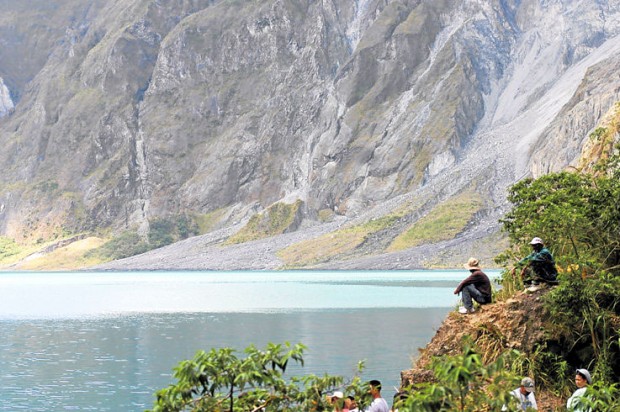MANILA, Philippines — Authorities are closely monitoring Mt. Pinatubo in Central Luzon, which was placed under Alert Level 1 on Thursday.
The Philippine Institute of Volcanology and Seismology (Phivolcs) said in its 7 a.m. bulletin that Alert Level 1 means there is low-level unrest in Pinatubo.
No imminent eruption, however, is foreseen despite the observance of persistent seismic activity.
Phivolcs advised that entry into the Pinatubo crater area “must be conducted with extreme caution and should be avoided if possible.”
Communities and concerned local government units surrounding Mt. Pinatubo were told to be always prepared for both earthquake and volcanic hazards and to review their disaster preparedness plans.
A total of 1,722 imperceptible earthquakes beneath the Pinatubo edifice were detected since Jan. 2020, Phivolcs said.
